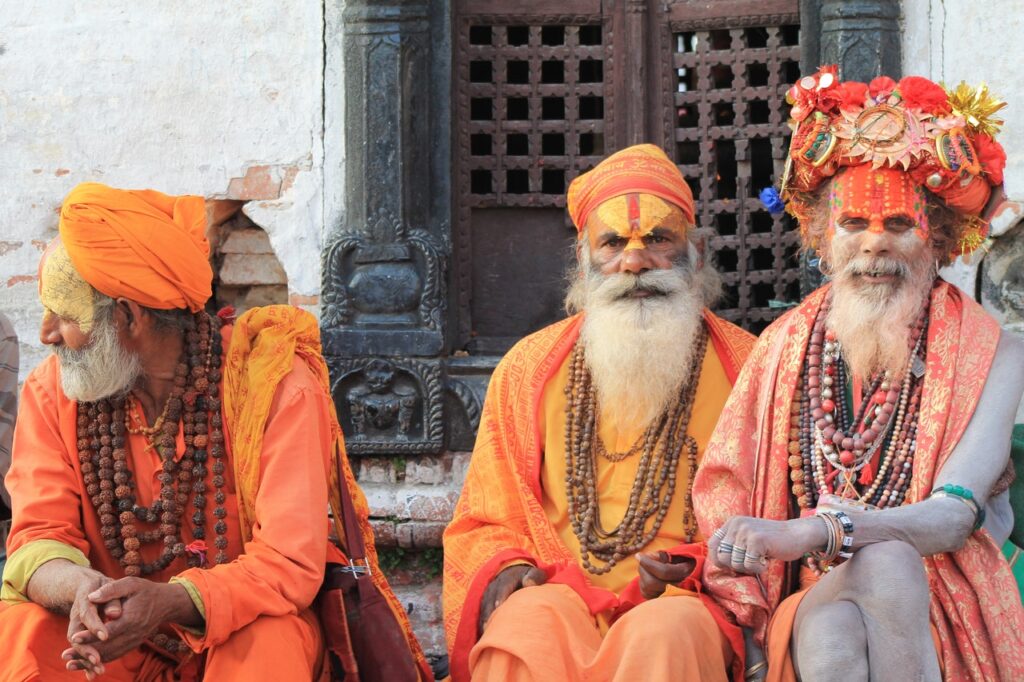We have great reverence for holy men from all the religions of the world. Prophets, saints, and seers belong to a breed of spiritual and philanthropic holy men. Devotion to God, surviving on frugal meals, attired in simplest of clothes, and engaging in philanthropic activities sum up their mission in life. Their purpose in life is to give to the humankind whatever they can and make this world a better place to live in. They do not lead a plush life with huge donations from their devotees.
Mind you, I am not talking of Godmen or referring to their designer attires designed by top designers who join their tribe of disciples eventually and work for them. To me, that amounts to flaunting their materialistic tendencies with regard to wealth, influence, and power. Unlike the Godmen, holy men do not promise anything but give to the world all they can without any expectation in return.
It is because of their selfless, spiritual pursuits that we hold them in awe. They do not do anything to show off or impress us. They do what they do because they are entirely dedicated and devoted to their spiritual purpose in life. It is because of their humility and benevolence that we revere them.
This is why we hold saffron, maroon, yellow, white, black, brown—or for that matter—any colour adorned by these holy men in great reverence and respect. When holy men drape themselves in these colours, we associate these colours with piety…with holiness…benevolence. We hold these colours in reverence because they are associated with people we look up to for guidance in leading an ethical and moral life. We associate these colours with people we count on to show us the way.

A few years ago, I was traveling by a local bus one day. An elderly sadhu boarded the bus. Sheathed in a saffron robe with an angocha hanging from his shoulder, the sadhu had a glowing face framed by grey matted hair and a flowing beard that could belong only to a pious man. He sat next to me and slid the glass pane of the window open.
The sadhu seemed to enjoy the breeze that blew in through the window and soon seemed to slip into a meditative snooze. Along with the breeze, came a flurry of chewed betel leaves and leftovers of betel nuts and condiments spat out of the window by the young man sitting in front of him. The sadhu simply wiped off the stuff with his angocha and returned to his earlier pose as if nothing had happened.
After a few minutes, a second installment of the stuff landed on the sadhu’s cheek. Again, he wiped off his face with the angocha and returned to his earlier position. But that was not the end. A third installment of the grub landed on the sadhu’s cheek after a little while. Again, he wiped off the stuff. He didn’t seem to mind it at all. And, the important point is: he didn’t find it necessary to object, respond, complain, or react to what was happening.
But I was offended beyond measure. So, I pointed to the boy sitting in front of him and asked the sadhu: “Why don’t you take him to task?”
The sadhu responded to my question with a benign smile. “Son, he doesn’t know that the betel he is spitting is landing on my face. Do you think he would do that if he knew what was happening?”
I was floored. People say it is because of the good deeds of a small percentage of people on earth that God is still preserving this planet. And, I felt that it is because of benign souls like this holy man that we hold saffron or clothes of other colours associated with holy men sacred and treat them with such reverence and awe.

